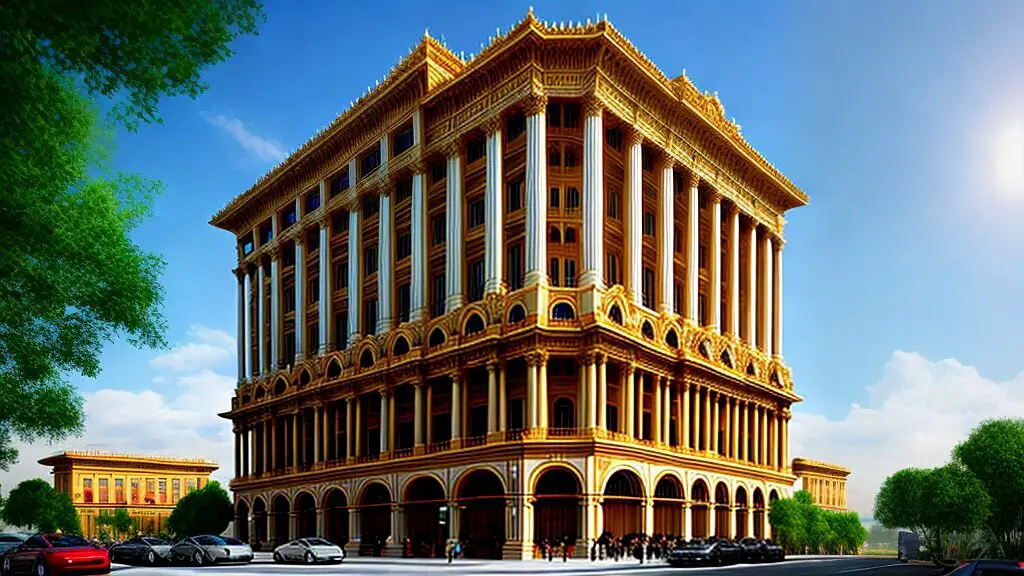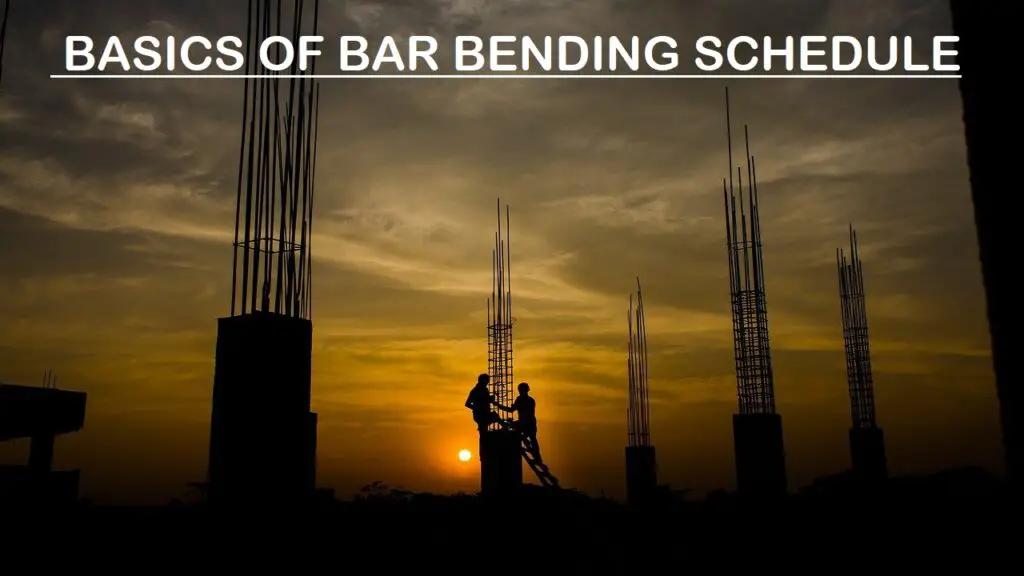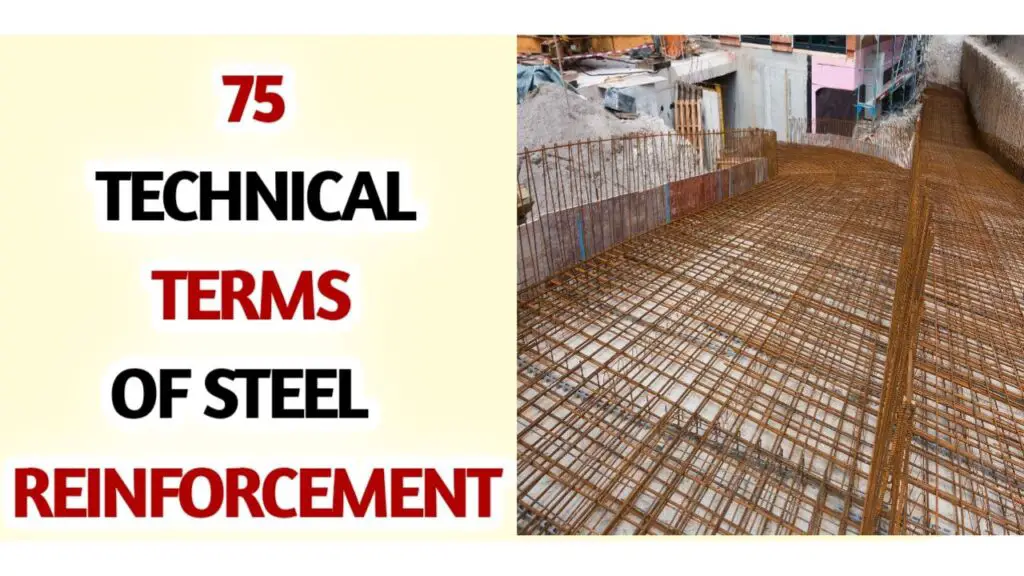Understanding Types of Structure
Structure is a crucial aspect in various fields, ranging from architecture to engineering. Understanding the different types of structures types of structure is essential in creating safe and stable designs. In this comprehensive guide, we will explore the various types of structures, their applications, advantages, and disadvantages.
We will cover load-bearing building structures, truss structures, framed structures, shell structures, cables and arch structures, composite building structures, tensile structures, pre-engineered building structures, and mass structures. By the end of this guide, you will have a better understanding of types of structure in construction and design.
Key Takeaways:
- The different types of structures play a crucial role in various fields, such as architecture and engineering.
- Understanding the applications, advantages, and disadvantages of each type of structure is essential in creating safe and stable designs.
- In this guide, we will cover load-bearing building structures, truss structures, framed structures, shell structures, cables and arch structures, composite building structures, tensile structures, pre-engineered building structures, and mass structures.
What is Structure?
In the world of construction and design, structure refers to the arrangement of materials and components that make up a system capable of supporting loads. Simply put, structure is what keeps buildings and other structures standing upright and stable.
At its most basic level, the structure is composed of various elements that work together to provide stability and strength. These elements can include beams, columns, slabs, walls, and foundations, among others. Together, they form a system that can withstand forces such as gravity, wind, and seismic activity, ensuring the safety and stability of the structure.
Structural concepts are fundamental to the design and construction of any building or structure. By understanding the underlying principles of structure, architects, and engineers are able to create designs that are not only functional but also aesthetically pleasing.
Definition of Structure
Structure, in the context of construction and design, can be defined as a system of interconnected elements that work together to support loads and maintain stability. These elements can be made up of a variety of materials, including wood, steel, concrete, and masonry.
With a firm grasp of the definition of structure and its significance in construction and design, let’s explore the different types of structures and their applications.
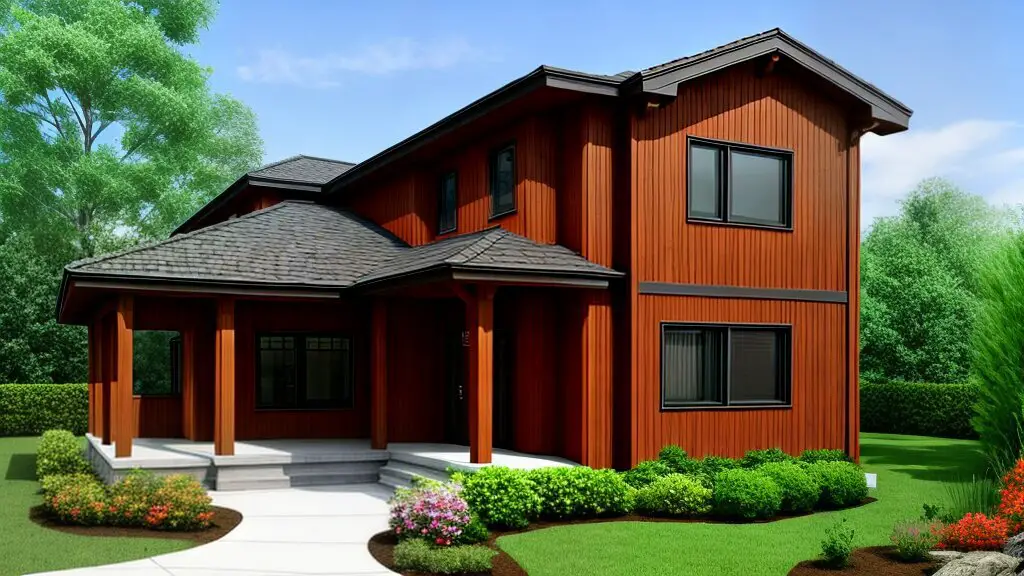
Load-Bearing Building Structure: Advantages and Disadvantages
A load-bearing building structure is a type of construction that uses the walls themselves to bear the weight of the building and its contents. These walls are typically thick and made of sturdy materials such as brick or concrete. The load-bearing structure is often used in residential and small commercial buildings, but can also be found in larger buildings such as schools and hospitals.
The primary advantage of a load-bearing building structure is its simplicity and cost-effectiveness. A load-bearing structure requires fewer materials and labor than other types of construction, making it a popular choice for many builders. Additionally, load-bearing structures can be erected quickly, helping to reduce construction time and associated costs.
However, load-bearing structures also have some disadvantages. One major drawback is their lack of flexibility in design. The walls themselves have to be strong enough to bear the weight of the building, which limits the potential for unique or creative designs. Furthermore, load-bearing structures can be difficult to expand or modify, as any changes to the structure can potentially compromise the stability of the building.
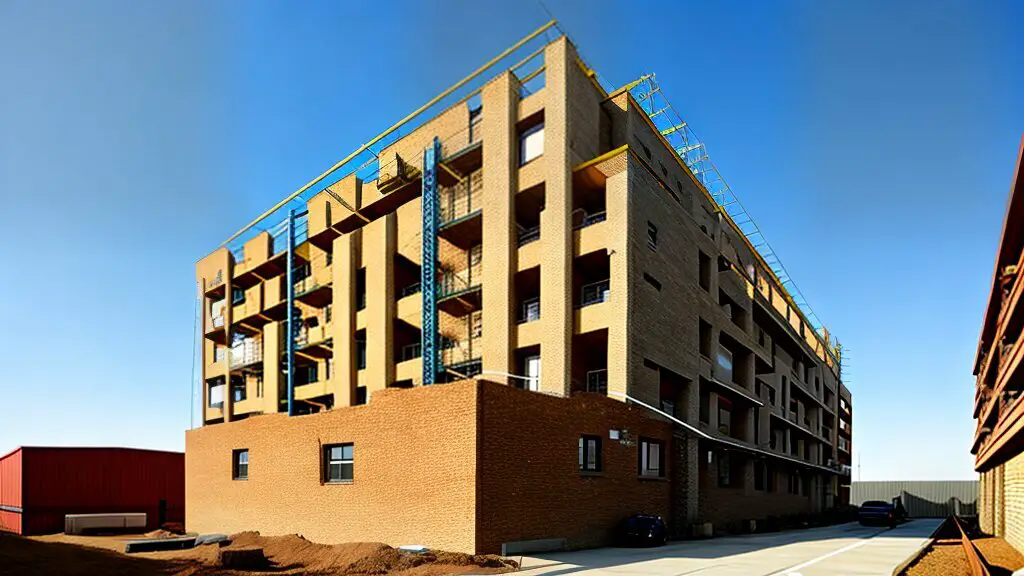
“Load-bearing structures can be erected quickly, helping to reduce construction time and associated costs.”
Truss Structure: Applications in Construction
A truss structure is a type of construction technique that utilizes interconnected triangles to distribute weight and increase stability. Truss structures are commonly used in roofing, bridge construction, and tower construction.
There are several different types of truss structures, each with its own unique design and application. The most common types include:
| Type | Design | Application |
|---|---|---|
| King Post Truss | Triangular structure with a single vertical post in the center | Roof support |
| Queen Post Truss | Triangular structure with two vertical posts in the center | Roof support |
| Howe Truss | Triangular structure with vertical members and diagonal tension members | Bridge construction |
| Pratt Truss | Triangular structure with horizontal members and diagonal tension members | Bridge construction |
One of the key advantages of truss structures is their strength and stability. The triangular design of the interconnecting members helps to distribute weight evenly and prevent any one section from bearing too much weight. Additionally, truss structures can span large distances without the need for additional support, making them an ideal choice for bridge construction.
However, truss structures also have some disadvantages. They can be difficult and time-consuming to construct and require significant expertise to design and execute properly. Additionally, they may not be the most aesthetically pleasing option for some building projects.
Despite these challenges, truss structures continue to be a popular choice in construction due to their strength, versatility, and efficiency.
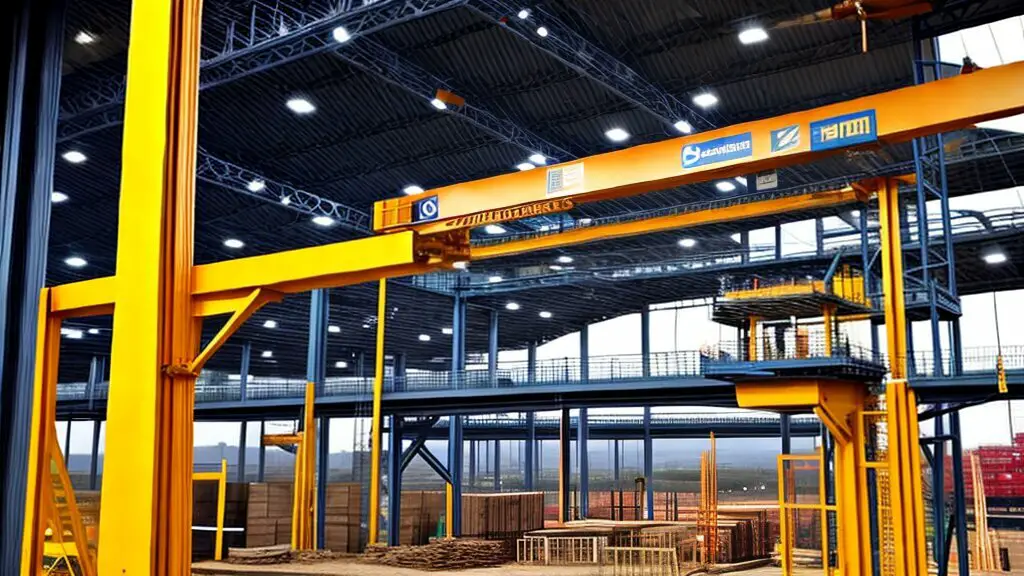
Framed Structure: Types, Advantages, and Disadvantages
Framed structures are among the most commonly used types of structures in construction, thanks to their versatility and durability. They are typically made up of a series of interconnected frames, which work together to support loads and distribute weight. Framed structures can be found in a wide range of applications, including residential and commercial construction, as well as in bridges and other large-scale projects.
There are several different types of framed structures, each with its own advantages and disadvantages. Some of the most common types include:
| Type | Advantages | Disadvantages |
|---|---|---|
| Steel frame | Highly durable and resistant to weather and pests. Lightweight and easy to install. | Can be costly. May require more maintenance than other materials. |
| Timber frame | Renewable and sustainable. Attractive and easy to work with. Good insulator. | May be susceptible to rot and decay. Can be vulnerable to pests. May be less durable than other materials. |
| Concrete frame | Highly durable and resistant to fire and weather. Good thermal mass. | Requires specialized equipment and skilled labor to install. May be more expensive than other materials. |
Despite their differences, all framed structures share some common advantages. They are strong, stable, and able to withstand heavy loads. They are also relatively easy to install and can be adapted to a wide range of applications. However, like any construction method, framed structures have some downsides. For example, they may not be the most aesthetically pleasing choice and may require ongoing maintenance to keep them in good condition.
Overall, framed structures are an excellent choice for a wide range of construction applications. Whether you are building a new home, a commercial building, or a large-scale infrastructure project, a framed structure is likely to offer the strength, durability, and versatility you need to get the job done.
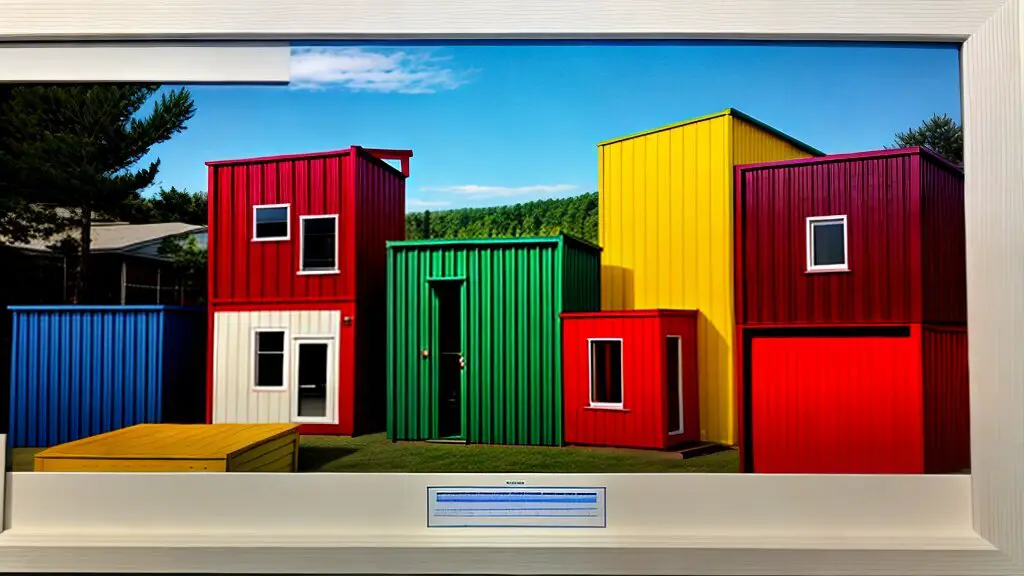
Shell Structure: Types and Applications
A shell structure is a type of structure in which the strength comes from its shape instead of its mass. These structures are typically curved and offer an efficient use of materials. Due to their unique form, shell structures are primarily used in architectural design and construction.
There are three main types of shell structures:
| Type of Shell Structure | Description |
|---|---|
| Cylindrical Shell | A structure in the shape of a cylinder is commonly used for storage tanks and pipes. |
| Spherical Shell | A structure in the shape of a sphere. These structures are used for storage tanks and domes. |
| Hyperbolic Shell | A structure in the shape of a saddle. These structures are used in long-span roofs and bridges. |
Shell structures are commonly used in architectural design for their efficiency and aesthetic appeal. These structures offer a unique look that is unlike traditional buildings, allowing architects to create innovative designs.
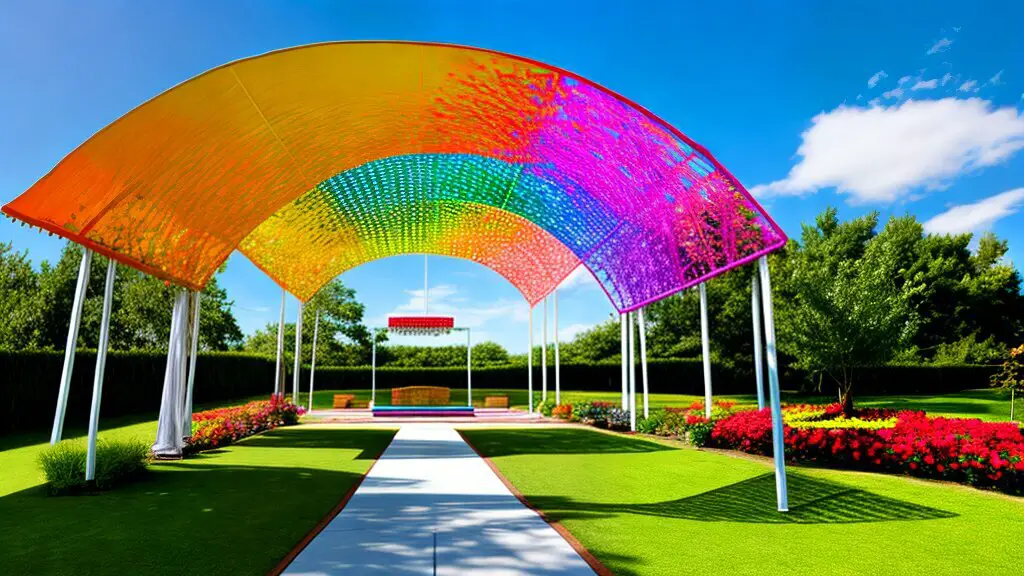
One notable example of a shell structure is the Sydney Opera House in Australia. The iconic building features a series of shell-like structures that create a distinctive appearance. The shells are not only an apparent architectural feature but also serve a functional purpose in housing the performance areas.
Overall, the use of shell structures in construction allows for both efficiency in material use and unique designs that stand out from traditional building structures.
Cables and Arch Structures: Applications in Construction
Cables and arch structures are unique types of structures that are commonly used in construction. Their ability to span large distances and withstand heavy loads makes them ideal for a variety of applications. Let’s take a closer look at these structural systems and their applications in construction.
Cables and Arch Structures
Cables and arch structures are both designed to distribute loads evenly over a large area. This results in a strong and efficient structure that can span large distances without the need for intermediate supports. Cables are often used in conjunction with arches to provide additional support and stability.
One notable example of a cable and arch structure is the cable-stayed bridge. In this type of bridge, the cables are attached to towers and anchored to the ground, providing support for the deck. The arch provides additional support and stability, allowing the bridge to span large distances with ease.

Applications
Cables and arch structures are commonly used in a variety of applications, including bridges, roofs, and domes. They are often used in situations where it is necessary to span large distances or create a unique architectural design.
One notable application of cables and arch structures is in the construction of cable-stayed bridges. These bridges are often used in areas where the span needs to be particularly long or there are other constraints that make it difficult to use other types of bridges, such as suspension or beam bridges.
Cables and arches are also commonly used in the construction of roofs and domes. These structures provide a large, open space without the need for intermediate support. This allows for greater flexibility in design and can result in stunning architectural features, such as the dome of the US Capitol building.
Conclusion
Cables and arch structures are important structural systems in construction. Their ability to span large distances and distribute loads evenly makes them ideal for a variety of applications, from bridges to roofs and domes. By understanding the unique advantages and applications of these structural systems, designers and builders can create strong, efficient, and aesthetically pleasing structures that withstand the test of time.
Composite Building Structure: Advantages and Disadvantages
Composite building structures are made of different materials, such as wood, steel, and concrete. These materials are combined to create a single, strong structure that takes advantage of the strengths of each individual material.
One of the main advantages of composite building structures is their strength and durability. They are able to withstand heavy loads and extreme weather conditions, making them ideal for use in construction projects that require a high level of structural stability. Additionally, they are resistant to corrosion, which helps to extend their lifespan.
Another advantage of composite building structures is their versatility. They can be used in a wide range of construction projects, from residential homes to commercial buildings, and can be customized to meet specific design requirements.
However, composite building structures also have some disadvantages. One of the main challenges is the complexity of their design and construction process, which can be time-consuming and costly. Additionally, the use of different materials can make maintenance and repairs more difficult, as each material may require different care and attention.
Despite these challenges, composite building structures continue to be a popular choice in modern construction projects, thanks to their strength, versatility, and aesthetic appeal.
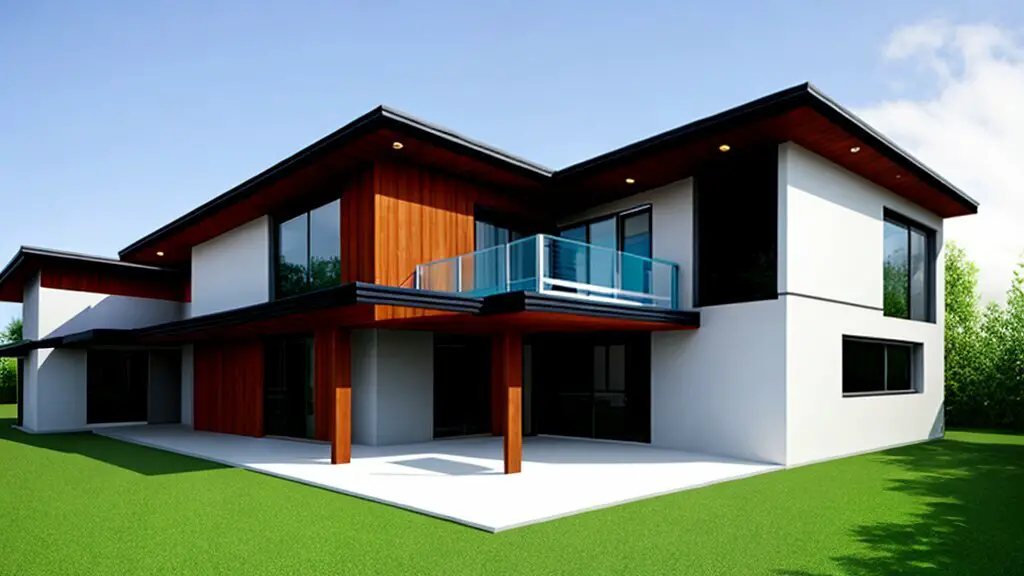
Tensile Structures: Applications in Construction
Tensile structures are a unique type of structure that relies on tension to remain standing. They are characterized by their ability to resist bending and compression forces, allowing them to span large distances with minimal support.
One of the most common applications of tensile structures is in creating shelters or coverings for outdoor spaces such as stadiums, parks, and other public venues. These structures provide shade and protection from the elements while allowing for maximum flexibility in design and use of space. Tensile membrane structures, in particular, are popular for their versatility and aesthetic appeal.
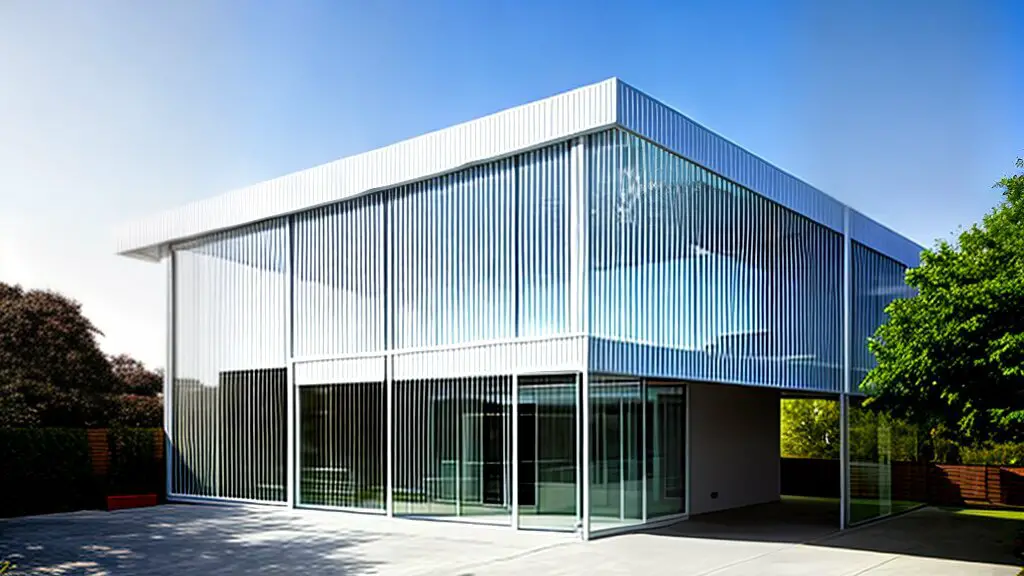
Cable-supported structures are another type of tensile structure commonly used in construction. Cable-stayed bridges are prime examples of cable-supported structures, relying on tensioned cables to support the weight of the bridge deck. These structures are known for their strength and durability, making them ideal for use in high-traffic areas or over large bodies of water.
Tensile structures are also gaining popularity in architectural design, with architects using this type of structure to create unique and innovative designs. One example is the Hi-tech Institute in Melbourne, Australia, which features a tensioned steel grid shell roof that provides a modern and striking appearance.
Overall, tensile structures offer a range of advantages in construction, including their ability to span large distances, their lightweight and flexible design, and their ability to create unique and aesthetically pleasing structures. As a result, this type of structure is becoming increasingly popular in construction and design, with architects and engineers exploring new ways to utilize the benefits of tensile structures.
Pre-Engineered Building Structure: Advantages and Applications
Pre-engineered building structures, also known as pre-fabricated structures, are becoming increasingly popular in the construction industry due to their numerous advantages. These structures are designed and manufactured off-site, in a controlled environment, and then transported to the construction site for installation.
One of the primary advantages of pre-engineered building structures is their cost-effectiveness. As these structures are pre-fabricated, there is less need for on-site labor, reducing the overall construction costs. Additionally, the manufacturing process can be completed faster than traditional construction, resulting in shorter project timelines and lower labor costs.
Another advantage of pre-engineered building structures is their flexibility and customization options. These structures can be designed to meet specific requirements, such as layout and building codes, and can be easily modified or expanded as needed.
Pre-engineered building structures are also known for their durability and strength. The materials used in their construction, such as steel and concrete, are able to withstand harsh weather conditions and provide a long-lasting structure. This makes pre-fabricated structures a popular choice for industrial and commercial buildings.
Examples of structures that can be pre-engineered include warehouses, aircraft hangars, sports arenas, and retail stores.
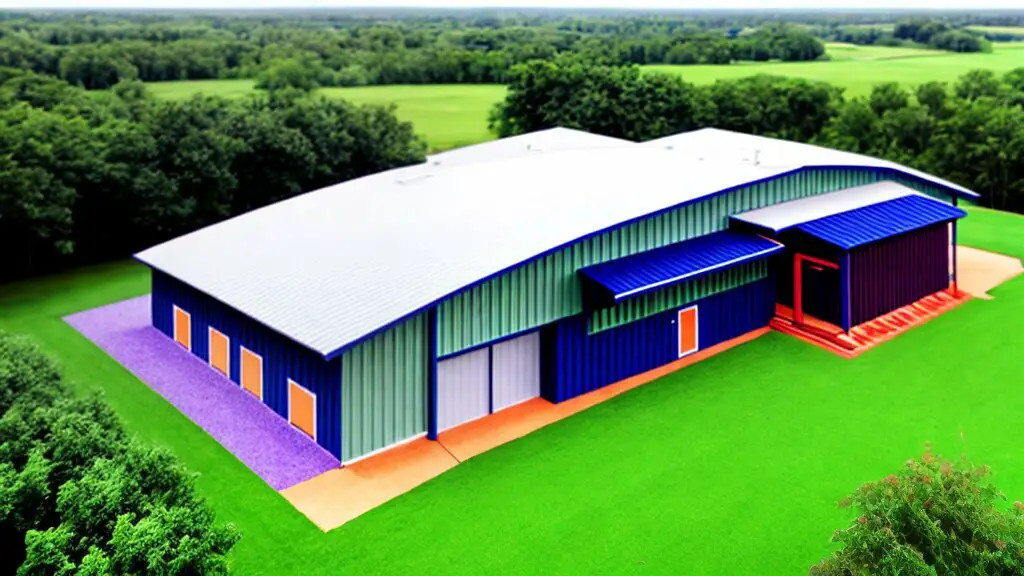
As with any building structure, there are also disadvantages to consider when choosing a pre-engineered building structure. For instance, these structures may not offer as much design flexibility as traditional construction, and customization options may be limited depending on the manufacturer. Additionally, the transportation and installation process can be complex and require specialized equipment.
Overall, pre-engineered building structures offer a cost-effective, durable, and flexible option for construction projects. With their numerous advantages, it is no wonder that these structures are becoming increasingly popular in the industry.
Mass Structure and Its Application
Mass structures are characterized by their immense size and weight, providing stability and support even in extreme conditions. These structures are commonly used in infrastructure projects such as dams, tunnels, and bridges, where durability and strength are essential.
One example of a mass structure is the Hoover Dam, which was constructed during the Great Depression and is still standing strong today. The dam is made of concrete and weighs over 6.6 million tons, making it one of the largest mass structures in the world.
Another example of a mass structure is the Burj Khalifa in Dubai, which is currently the tallest building in the world. The building’s height and weight are made possible by its unique design, which includes a central core and multiple wings for support.
Mass structures are also used in transportation systems, such as railways and highways. The Golden Gate Bridge in San Francisco is a prime example of a mass structure, weighing over 887,000 tons and spanning over 1.7 miles.
Overall, mass structures are an important type of structure in construction, providing strength and stability in a variety of infrastructure projects.

Conclusion
In conclusion, understanding the different types of structures is essential in various fields, especially in the construction industry. From load-bearing building structures to tensile structures, each type has its own unique characteristics and applications.
The importance of structure in architecture, engineering, and design cannot be emphasized enough. By understanding the basic components and principles of structure, professionals can create innovative and efficient solutions for construction projects.
Moreover, the use of different types of structures can greatly impact the aesthetics and functionality of a building or structure. Therefore, it is crucial to choose the appropriate type of structure based on the specific requirements of each project.
Overall, exploring the different types of structures is a fascinating journey, which can lead to discovering new and innovative ways to construct buildings and structures. We encourage everyone to further explore this topic and continue learning about the role of structure in construction.
Thanks For the Great Attention!
Good Bye & Take Care
Happy Learning
Also, Read,
1000sqft House Plinth Beam Cost
POP Vs Gypsum Vs PVC Vs Grid False Ceiling – An Ultimate Comparision
Wall Mounted vs Floor Mounted Toilets
FAQ
Q: What is structure?
A: Structure refers to the arrangement and organization of components in a system or object. In the context of construction and design, structure refers to the framework or skeleton that supports and holds together a building or other architectural elements.
Q: What are the different types of structures?
A: There are various types of structures, including load-bearing building structures, truss structures, framed structures, shell structures, cable and arch structures, composite building structures, tensile structures, pre-engineered building structures, and mass structures.
Q: What are the advantages and disadvantages of load-bearing building structures?
A: Load-bearing building structures offer a cost-effective solution and simplify construction processes. However, they may have limitations in terms of flexibility and design changes compared to other structural systems.
Q: What are the applications of truss structures in construction?
A: Truss structures are commonly used in bridges, roofs, and towers due to their strength and ability to span long distances with minimal material. They provide efficient structural support and are often seen in architectural designs.
Q: What are the types, advantages, and disadvantages of framed structures?
A: Framed structures have different types, such as steel frames and reinforced concrete frames. They offer flexibility in design, allow for larger open spaces, and are durable. However, their construction can be more complex and costly compared to other structural systems.
Q: What are the types and applications of shell structures?
A: Shell structures have various types, including domes and vaults, and they are used in buildings with large open spaces, such as stadiums and exhibition halls. Their unique form provides efficient load distribution and aesthetic appeal.
Q: What are the applications of cables and arch structures in construction?
A: Cables and arch structures are commonly used in cable-stayed bridges and other large-span structures. They provide strength, flexibility, and architectural elegance, allowing for unique and visually striking designs.
Q: What are the advantages and disadvantages of composite building structures?
A: Composite building structures offer the benefits of combining different materials to optimize strength and efficiency. However, they may require specialized expertise and can be more expensive compared to traditional structural systems.
Q: What are the applications of tensile structures in construction?
A: Tensile structures are used in various architectural applications, such as canopies, roofs, and facades. They provide lightweight and flexible solutions, allowing for innovative and visually appealing designs.
Q: What are the advantages and applications of pre-engineered building structures?
A: Pre-engineered building structures offer advantages such as cost-effectiveness, speed of construction, and design flexibility. They are commonly used in warehouses, factories, and commercial buildings.
Q: What are the characteristics and applications of mass structures?
A: Mass structures are typically large and solid, with significant weight and solidity. They are commonly used in dams, retaining walls, and underground structures. Their primary function is to provide stability and resist external forces.

